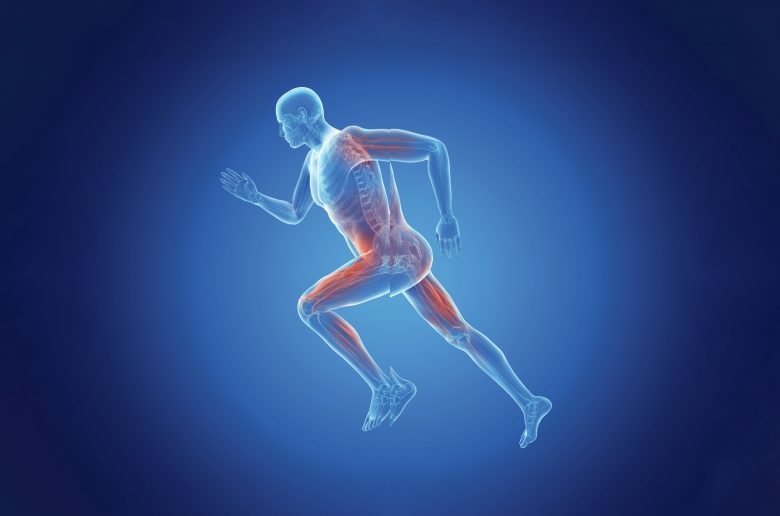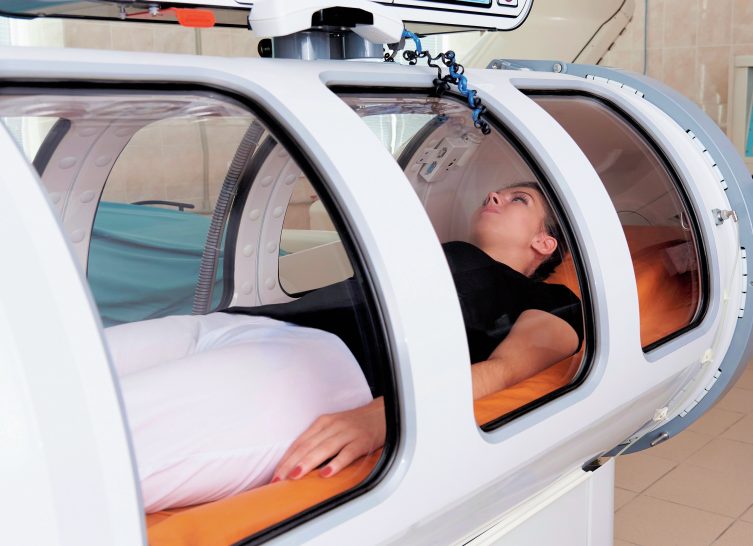
Flexibility has long been recognised as an important element of physical fitness (Nelson et al. 2001, 2005). It is regarded as one of the essential components of physical fitness and training (Calder 2002). Also referred to as suppleness, flexibility is the range of motion (ROM) at a joint or group of joints, and involves muscles, tendons and other connective tissues such as cartilage and ligaments. Hedrick (2005) further defined flexibility as the ability to move through an optimum range of motion. This optimum range of motion differs between sports and activities.
Within sport, flexibility can be static or dynamic. An example of static flexibility is holding a pike position in diving when performing somersaults. The position is held with isometric muscle contractions. The hamstrings and lower back are extended and held maximally to create the tightest pike position and create the most flexion possible at the hips while maintaining extension at the knee joint.
Your organisation does not have access to this article.
Sign up today to give your students the edge they need to achieve their best grades with subject expertise
Subscribe




